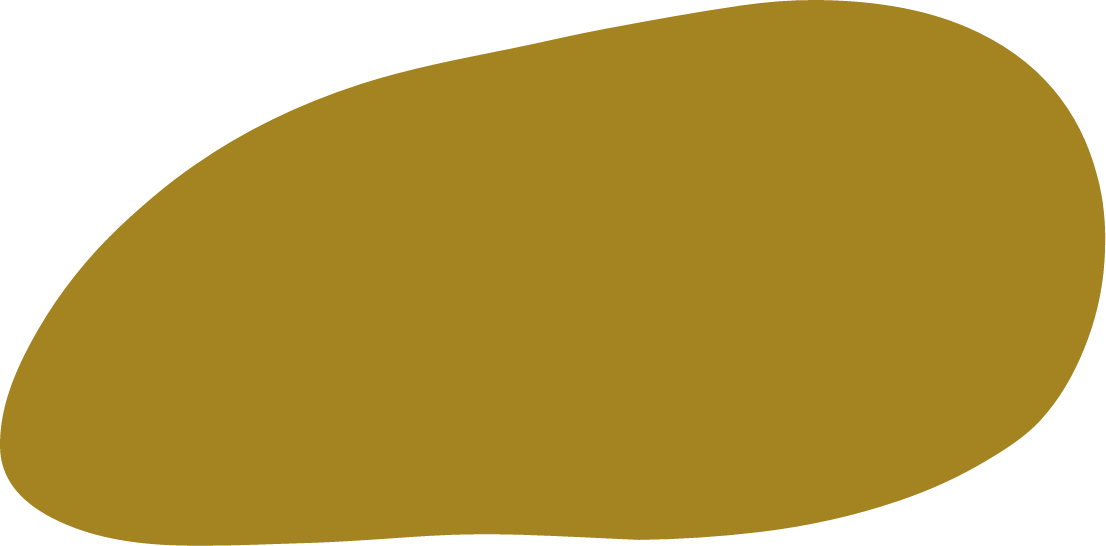Prolific Egyptian artist, art critic, and poet Ahmed Morsi has had a multidisciplinary career, that spans seven decades, having also worked, at times, as a journalist, magazine editor, translator, and stage designer. Morsi was also a key-member of a group of artists collectively referred to as the “Alexandria school” whose practice developed under the influence of surrealism in the 1940 – ‘50s.
His canvases and prints are populated by androgynous figures, accompanied by creatures from the animal-world―birds, fish, bulls and horse skulls: recurrent symbols, meticulously arranged in non-geographic spaces, that evoke a sense of displacement, liminality, and longing, and which often function as surrogates for the artist himself. Surrealist devices, such as doubling, mirroring, and repetition are also often used to present a highly subjective and personal vision of alienation and exile. As if they were obscure riddles, Morsi choreographs disparate elements in elusive magical compositions. His paintings exude an elegiac and mournful sensibility, bearing witness to the artist’s life as a diasporic Alexandrian living, far from his homeland, since the 1970s. Morsi’s works―lyrical and deeply introspective―are a meditation on memory, non-belonging, and the passage of time.
In Black Bird II, a bird with distinctly human limbs mirrors the stance of a nude, seated figure, both sharing the same enveloping almond eyes. Two creatures in the background―half-human, half-bird―appear caught in the throes of a shift-shaping metamorphosis. In this barren landscape, the creatures seem uncomfortable, yearning for a transformation of their state and place. Preoccupied with notions of exile and the ever-illusive motherland, New York based Morsi, often referred to as a poetic painter or painterly poet, invites us with Black Bird II to dive into the visual world he created, full of symbolism, and the blurred lines between the real and the imagined; the present and the past.
Surrealist symbology is furthermore used by Morsi to convey a personal quest for the artist living in exile, with the desire to articulate a reality that exists beyond the limitations of his material world, and to raise fundamental questions surrounding the nature of existence. The creatures’ inward-looking, melancholic sensibility is typical of Morsi’s paintings, in which the artist sets the scene for an aesthetic staging of the moral realm. The symbol of the clock in place of a human face, in the background, reflects the artist’s continued preoccupation with human mortality, as does the fallen bird in the foreground, on which the humanoid figure is perched.
In Morsi’s paintings, the various anthropomorphic figures are, more often than not, stand-ins for the artist himself―conveying both, a sense of being present and beyond himself; of being of this world and of the one past that, ethereal and stoic. Genderless, with its double set of vast all-knowing eyes (appearing in Morsi’s painting oeuvre, in so many occasions), in Black Bird II, the human figure appears monumental, as if solidly made of stone, stoically waiting for the end of time, whilst comically undermined by a fallen bird―gargantuan and over-fed.
The three creatures in the painting share an implicit kinship, coexisting in space and time; symbols of an alternative communion between animals and humans and signifiers of the potentiality of a new form of being in a dream-like world. The single eye on their faces features prominently: future-seeing, past-seeing, all-seeing, and omnipotent.
Ahmed Morsi, b. 1930 in Alexandria, lives and works in New York.












